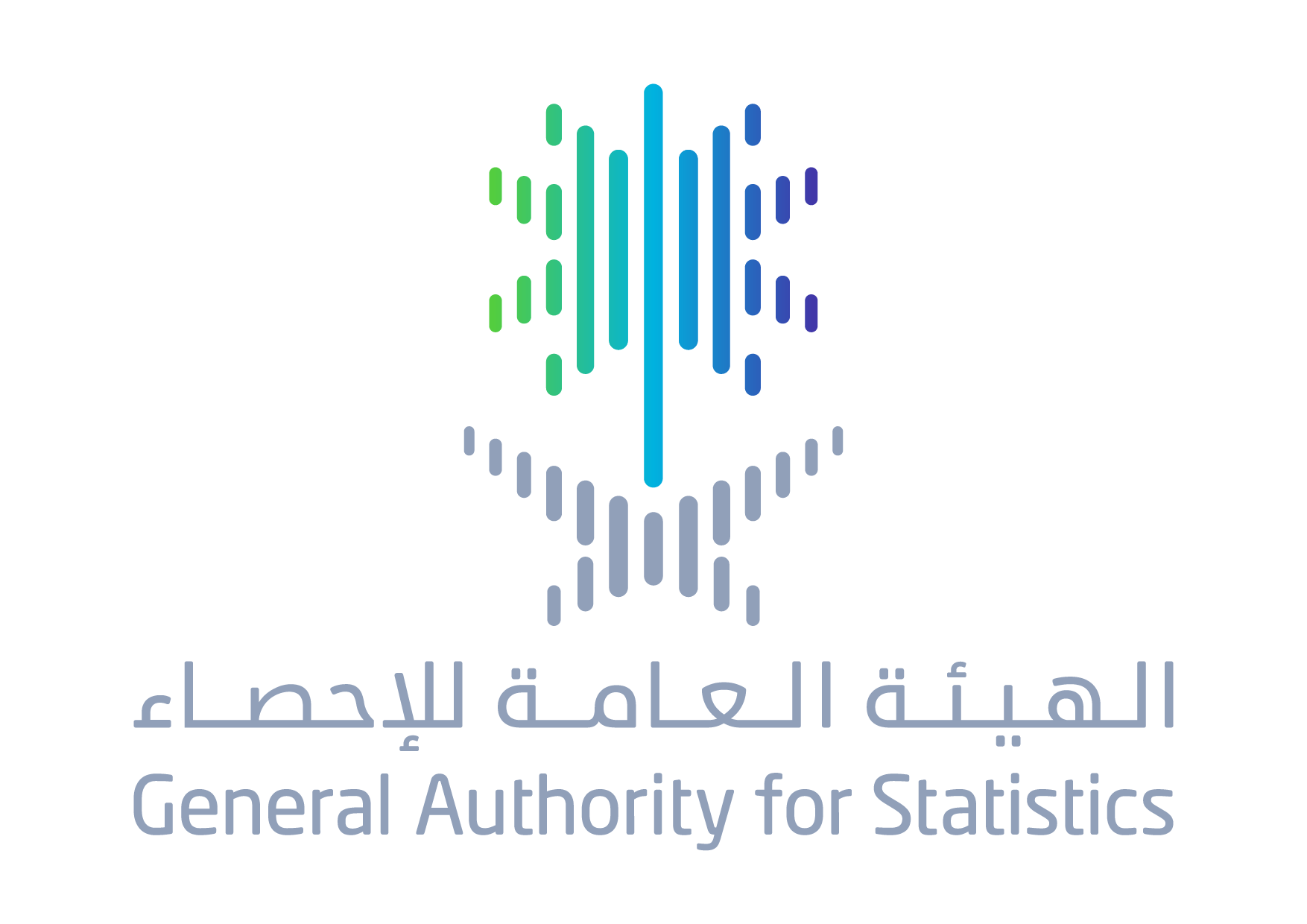
الهيئة العامة للإحصاء: (17.40%) من السكان يمارسون الرياضة لأكثر من 150 دقيقة في الأسبوع
According to Households Sport Practice Survey in Saudi Arabia
GASTAT: (17, 40%) of population are practicing sports for more than 150 minutes on a weekly basis
GASTAT has released today the results of Households Sports Practice Survey, 2018. Households Sports Practice is one of the Saudi Vision 2030 requirements. In addition, this kind of practice includes indicators that are targeted by 2030.The data of survey allows conducting many developmental studies and plans in general, and in the sports field in particular. These studies and plans should support the development of many programs and initiatives that do increase the rate of Households Sports Practice. The survey methodology and form considered international standards and recommendations issued by ILO.
According to the survey results, the percentage of individuals (15 years and over) who are engaged in sports activities for more than 150 minutes weekly reached (17, 40%) compared to (82,60%) of individuals who do not practice sport. Saudi males and females practicing sport activities for 150 minutes or more per week hit (13.08%) of the total population of the Saudi Arabia for those aged 15 years and over. The percentage of Saudi males was (10.14%) while it hit (2.94%) for Saudi females. On the other hand, the percentage of non-Saudi males and females practicing sports activities for the same category was (4.32%).
The results of the survey showed that the percentage of individuals practicing walking activity was (56.05%) of the total number of sports participants. Walking is the most practiced activity by individuals in Saudi Arabia, followed by football activity where it reached (25.69%) out of total number of sport participants. In addition, the percentage of individuals who are engaged in bodybuilding activity reached (5.80%) out of total sport participants, running activity on the other hand hit (2.72%) out of total sport participants. Swimming activity is the least practiced sport activity by individuals according to the survey results where it reached (2.34%) out of total sport participants. (8.46%) represent the percentage of other types of sport practiced by individuals out of total sport participants.
The survey results revealed that the reasons of not practicing sports among Saudi population
varied. Some individuals have no desire to practice sport with a percentage of (44.73%), followed by those who do not have the time to practice sport with (29.74%) out of total number of individuals who do not practice sport. Those who didn’t have accessible facilities inside the district
which reached (13.09%) out of total number of individuals who do not practice sport. Additionally, individuals who cannot practice sport due to injury or disability reached (10.83%) out of total number of individuals who do not practice sport. Finally, individuals who cannot practice sport due to other reasons reached (1.64%) out of the total number.
Field survey of Household Sport Practice aim to provide recent statistical data and indicators about the extent of sport practice for households as well as identifying the reasons behind not practicing sports according to the kind of relationship with the household head. The classification was by gender, nationality, educational status, age and marital status. The survey also provides data about the percentages of sport practice by households at the administrative regions level.
GASTAT: Saudi Unemployment Rate Falls in Q3 of 2018
GASTAT Releases Labor Market Bulletin for Q3 of 2018
GASTAT: Saudi Unemployment Rate Falls in Q3 of 2018
General Authority for Statistics (GASTAT) has released Labor Market Bulletin for Q3 of 2018. It has been published on GASTAT's official website www.stats.gov.sa, in accordance with surveys of labor force conducted by the Authority on a quarterly basis, together with data of labor market, based on administrative records of relevant entities. Such entities include: Ministry of Labor and Social Development, Ministry of Civil Service, General Organization for Social Insurance, Human Resources Development Fund, and National Information Center.
The economic participation rate of total population (15 years and above) has risen by (56.4%)for Q3, compared to (56.2%) for Q2. During the same period, the economic participation rate for total Saudis, at (42.0%), and for Saudi males (15 years and above) at (63.5%), has not changed in Q3. However, the economic participation rate of Saudi females (15 years and above) has increased to (19.7%), compared to (19.6%)in the previous quarter, results showed.
According to the survey's data, unemployment rate of total Saudis (15 years and above) has fallen to (12.8%), compared to Q2(12.9%). Moreover, unemployment rate of total population (15 years and above) has stabilized at (6.0%) in Q3 of 2018. Concerning genders unemployment rate, it has decreased for both sexes, reaching (30.9%), compared to (31.1%) in Q2 for (Saudi females), in addition to (7.5%), compared to (7.6%) in Q2 for (Saudi males).
The total number of workers, according to administrative records of Saudi Arabia, has witnessed a decline in 2018 by (12,688,042) persons for Q3, compared to (13,018,066) persons for Q2, with a decrease of (330,024) persons. Regarding Saudis, the number of workers, based on administrative records, has edged down to (15,356) persons, reaching (3,109,987) persons, compared to (3,125,343) persons for Q3 and Q2, respectively, the report noted.
For non- Saudis, the number of male workers, based on administrative records of Saudi Arabia for 2018, has fallen to (8,622,890) persons in Q3, compared to Q2 (8,927,862) persons, with a decrease of (304,972) persons. Additionally, the number of female workers has dropped by (9,696) persons, reaching (955,165) persons in Q3, compared to (964,861) persons in Q2, according to the results.
Based on the bulletin's results, data of Ministry of Civil Service (Jdarah and Saed programs), and data of Human Resources Development Fund (Hafiz and Taqat programs), the total number of Saudi job seekers, according to Saudi Arabia's administrative records, has decreased by (195,297) persons, recording in Q3 (923,504) persons, compared to (1,118,801) persons in Q2.
It is worth mentioning that job seekers have been defined by GASTAT as: Saudi individuals (males or females) enrolled in job search programs of Ministry of Civil Service (Jdarah or Saed), and Human Resources Development Fund (Hafiz). Further, they register their personal data, qualifications, occupational experiences, and CVs through an electronic system. It is important to keep in mind that job seekers are not subject, in administrative records, to the internationally recognized standards and conditions of unemployment approved by the ILO; therefore, they are not considered to be unemployed. Hence, not every job seeker is considered unemployed, s/he may be looking for work, and is working in another job at the same time. This also applies in situations of self - employed workers, who are looking for government entities job, and are not registered as workers in government records (Civil Service, Social Insurance, commercial records, and municipal licenses). For example, self-employed persons who do not work inside establishments.
GASTAT Releases Housing Bulletin to Describe Households’ Dwellings Until the Mid of 2018
“Owned dwellings” increases, rented dwellings decreases with the growth of households numbers
GASTAT Releases Housing Bulletin to Describe Households’ Dwellings Until the Mid of 2018
On Saturday 20th of Jmadah AL-Awal 1440 (January 26th ,2019), GASTAT released Housing Bulletin on its official website www.stats.gov.sa which combines the results of the field survey that was held between 17/7/1439 and 22/8/1439 corresponding to (14/4/2018 to 18/5/2018) as well as record-based data provided by Ministry of Housing related to housing support . The bulletin aims at providing data of dwellings occupied with Saudi households (owned, rented, employer-provided housing) at Saudi Arabia’s administrative level. Additionally, the bulletin studies the characteristics of the dwelling and its surrounding environment, creates a database for dwellings, meets the local and international requirements as well as the needs of researchers and planners related to dwellings characteristics that are required by developmental plans. The bulletin also provides periodical data and indicators to measure the change in dwellings over time as well as conducting international, regional and local comparisons. Finally, it measures the improvements and the growth of the housing fields according to the type and age of the dwelling occupied by the household.
On the other hand, Housing Bulletin showed that the number of Saudi households increased to (3.591.098) until the mid of 2018. For the same period, the results showed that the number of owned dwellings occupied with Saudi households increased (3.43%) compared to the same period of 2017 where owned dwellings occupied with Saudi households and used all construction materials reached (60.49%). Moreover, owned dwellings excluding dwellings that were built with “non-reinforced” construction materials reached (51.70%) compared to (41.91%) in the middle of 2017. The percentage of rented dwellings occupied with Saudi households decreased by (37.63%) in the middle of 2018 compared to (38%) in the middle of 2017. However, these percentages do not reflect the percentage of individuals who owned dwellings but the type of dwelling (owned, rented, employer-provided housing) that may be occupied by one household or more.
In addition, the bulletin showed that the number of dwellings occupied with Saudi households in Saudi Arabia increased (2.46%) in the middle of 2018 compared to the middle of 2017. Dwellings occupied with Saudi households (owned, rented, employer-provided housing) until the mid of 2018 reached (64.2%) out of total dwellings in Saudi Arabia where the highest percentage was recorded in Makkah with (24.96%) followed by Riyadh with (23.68%), then in the Eastern Region with (14.31%), Asir (8.55%), Madina (6.92%), Jazan (4.93%), AL-Qassim (4.64%), Tabuk (3.37%), Hail (2.22%), Najran (1.90%), AL-Baha (1.88%), AL-Jouf (1.60%), finally, Northern Boarders (1.04%).
In regard to the materials used in dwellings construction and occupied with Saudi households (owned, rented, employer-provided housing), the results showed that reinforced construction increased by (4.31%) compared to the mid of 2017. Dwellings occupied with Saudi households (owned, rented, employer-provided housing) and were built with (bricks) decreased by (9.2%) in the mid of 2018 compared to the mid of 2017 where dwellings occupied with Saudi households and were built with reinforced construction reached (89.54%) and dwellings occupied with Saudi households and were built with (bricks) reached (10.44%).
The results also showed that the majority of dwellings (99.85%) occupied with Saudi households (owned, rented, employer-provided housing) depend on a public network as main source for electricity and are occupied with (99.86%) out of total Saudi households’ individuals.
GASTAT confirmed that the results of the Housing Survey indicate the status of Saudi households’ dwellings until the mid of 2018. On the other hand, the record-based data of the Ministry of Housing showed the number of beneficiaries of the subsidized housing provided by “Sakani” program reached (67.070) Saudi households at the administrative level during 2018.
General Authority for Statistics (GASTAT) Released Real Estate Price Index Q4, 2018
General Authority for Statistics (GASTAT) Released Real Estate Price Index Q4, 2018
On Thursday, 18th of Jumada al-Awwal 1440H corresponding to January 24, 2019, General Authority for Statistics(GASTAT) released the report of Real Estate Price Index, Q4 2018 on its official website www.stats.gov.sa .
The real-estate price index has recorded a decline by (2.3%) compared to the previous quarter (Q3, 2018), where the indicator of the Real Estate Price index reached (80.4) in the fourth quarter of 2018 compared to (82.3) in (Q3, 2018). This decline can be attributed to the decrease in the main sectors composing it: housing sector (2.6%), commercial sector (1.7%), and agricultural sector (0.1%) compared to the third quarter of the current year.
In fact, the housing sector witnessed an increase in the residential houses by (0.5%) during the 4th quarter of 2018 compared to the previous quarter. On the other hand, residential lands decreased by (0.6%) as well as villas (1.7%), residential buildings (0.6%), apartments (0.2%), commercial plots (0.7%) compared to the previous quarter. Commercial centers have also decreased by (0.2%) and the agricultural sector recorded a decline by (0.1%).
It is worth mentioning that real estate price index is based on record-based data available at the Ministry of Justice. This indicator is an important tool to support economic and statistical decision makers regarding the changes of property prices and future forecasts during different periods of time. Real estate price index includes three main sectors consisting of several categories of real estate: housing sector which includes the following (plot of land, building, villa, apartment and house), commercial sector includes (plot of land, building, exhibition/ commercial center and shop), and the agricultural sector with only one category which is the agricultural land.
The real estate price index aims at finding accurate real estate statistical indicators that measure the real estate market in Saudi Arabia according to internationally recognized scientific principles and standards. It also aims at filling the data gaps related to the real estate field and is considered as an important tool to support economic decision makers in this field.
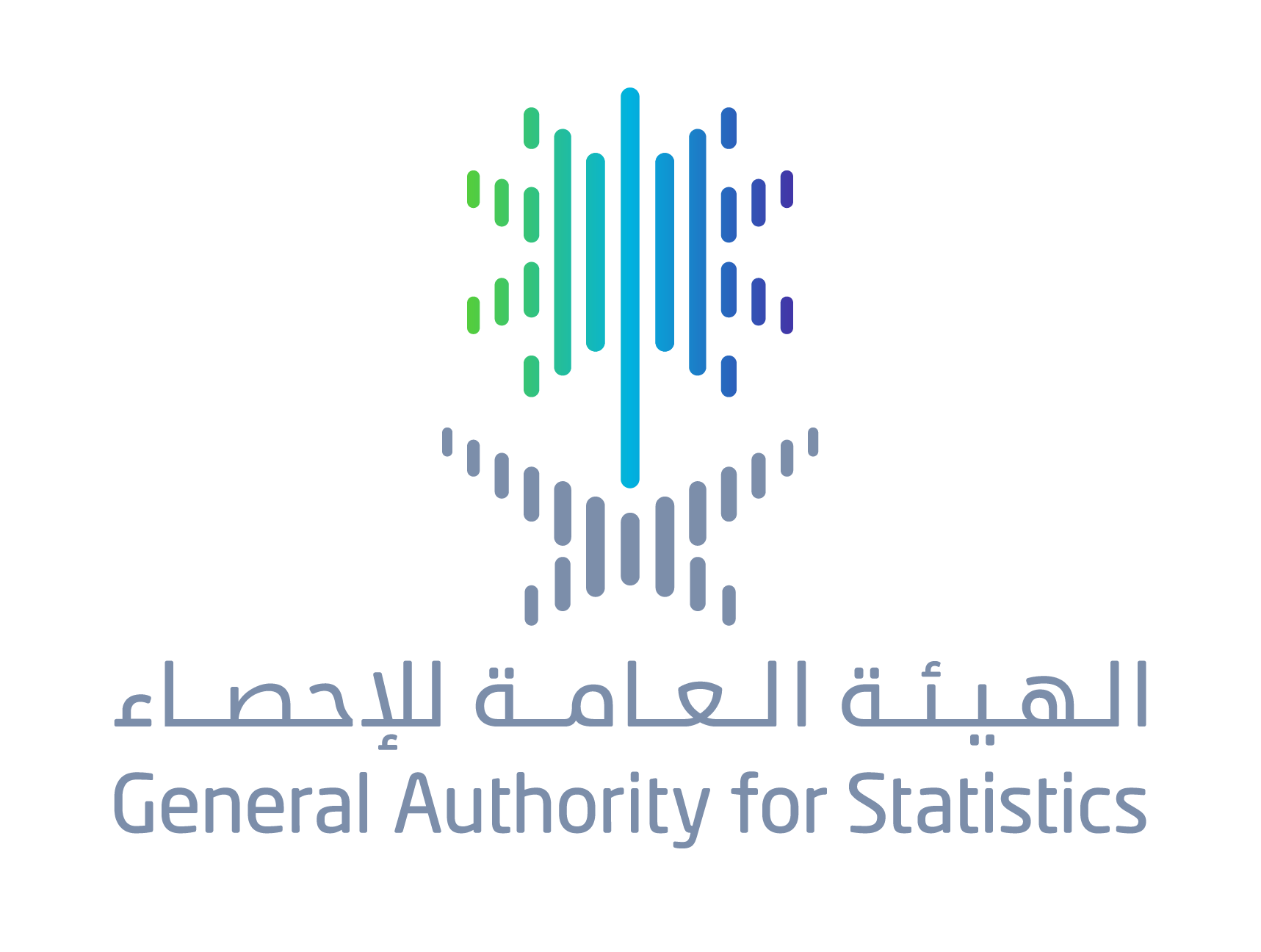
الهيئة العامة للإحصاء: استقرار الرقم القياسي لأسعار الجملة لشهر ديسمبر 2018م
General Authority for Statistics (GASTAT): Stability in Wholesale Price Index, December 2018
On Wednesday, the 17th of Jumada al-Awwal 1440H corresponding January 23, 2019, The General Authority for Statistics (GASTAT) released its monthly indicator for Wholesale Price Index (December 2018) on its official website www.stats.gov.sa.
The wholesale price index stabilized at (116.9) in December 2018, and did not record any change compared to the previous month (November 2018).
The indicator includes five sections, which are: agriculture and fishery products section, ores and minerals section, food and beverages products, tobacco and textiles section, mineral products, machines and equipment section and other goods.
Today’s report attributed the index’s stability of the wholesale prices of December to the changes of the five sections composing the index, where two of them have increased; which are: mineral products, machines and equipment section (0.5%) and other goods (0.1%).
In turn, three sections went down, which are: agriculture and fishery products section (1.4%), food, beverages, tobacco and textiles (0.4%), raw materials and metals (0.1%).
Wholesale price index in Saudi Arabia measures average changes in goods prices and services sold in primary markets taking into consideration that the change is only in price, so consequently, all changes resulting from variation in qualities or discount in quantities or variation in method of shipping and other influential factors are excluded to get only net price after excluding all the mentioned indicators. This number is for everyone and it is prepared based on Saudi Arabia
Additionally, wholesale price index is used to monitor changes in the prices of local or imported goods, which are dealt with in the market, consequently to identify price trends and market conditions. The wholesale price index is an important tool to prepare national accounts, by saving income and national accounts from the impact of price change.
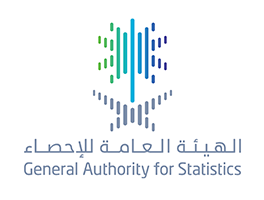
الهيئة العامة للإحصاء : انخفاض الرقم القياسي العام لأسعار المستهلك لشهــــر ديسمبر 2018م بنسبة 0.3 %
GASTAT: Consumer Price Index (CPI) Decreases by 0.3% in December, 2018
On Tuesday, Jumada al-Awwal 16th, 1440 H (corresponding to January 22th, 2019), The General Authority for Statistics (GASTAT) released its monthly report of Saudi Arabia’s Consumer Price index (CPI) for December. The report was published on its official website www.stats.gov.sa.
(CPI) went down 0.3% in December compared to the previous month (November 2018).
(CPI) in Saudi Arabia decreased to (106.2) index points in December from (106.5) points in November of 2018 with 0.3% change, report showed.
The report attributed the monthly decline of the index to the declines in six of the main sections of the consumer price index, which are: food and beverage by 0.5%, housing, water, electricity, gas and other fuel by 0.5%, transport by 0.2%, home furnishing and equipment by 0.1%, communications by 0.1% and finally miscellaneous goods and services by 0.1%.
Tobacco, clothes, footwear, health, culture and entertainment, education, restaurants and hotels remained stable with no change.
On the other hand, annual change of the general CPI increased 22.2% compared to the same month last year reaching (106.2) points in December 2018 compared to (103.9) points in December 2017 with 2.2% change.
The ten sections composing the CPI contributed to the annual change, which are: transportation 12.0%, tobacco 10.2%, restaurant and hotels 7.3%, food and beverages 7.1%, home furnishing and equipment 5.0%, entertainment and culture 4.6%, health 4.0%, telecommunication 1.1%, personal goods and services 0.8% and education 0.2%.
On the other hand, two of the main sections witnessed a decline, which are: housing, water, electricity and gas section and with 5.1% as well as clothing and footwear with 3.2%.
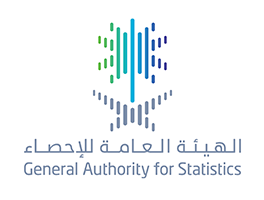
انخفاض معدل البطالة لإجمالي السكان (سعوديون وغير سعوديين) ليصل 6%، واستقرار معدل بطالة السعوديين عند (12.9%)
GASTAT Releases Labour Market Bulletin Q2, 2018
(Saudi and Non-Saudi) Unemployment Rate Drops to 6%, and Stabilizes at 12.9% for Saudi Citizens
On Thursday 9th of Safar corresponding to October 18, 2018, GASTAT releases the Labour Market Bulletin for the 2nd quarter of 2018 on its official website (www.stats.gov.sa); the bulletin is based on the estimates of the Labour Market Survey that is conducted by GASTAT on a quarterly basis as well as the administrative records available at the related entities (Ministry of Labour and Social Development, Ministry of Civil Affairs, General Organization for Social Insurance, Human Resources Development Fund, and National Information Center).
The Bulletin’s results showed a decrease in the number of total employees in the 2nd quarter based on the administrative records available in Saudi Arabia where the number reached (13.018.066) individuals compared to (13.333.513) individuals in the previous quarter; about (315.447) individuals from the previous quarter. The number of Saudi employees based on the administrative records edged down by (25.066) individuals where it reached (3.125.343) individuals compared to (3.150.409) individuals in the previous quarter. On the other hand, the number of Saudi male employees decreased by (14.787) individuals and the number of Saudi female employees edged down by (10.279) individuals.
According to the estimates of 2nd quarter 2018 survey, the economic participation rate of total population (15 years and above) rose to (56.2%) compared to (55.5%) in the previous quarter. Saudi economic participation increased by (42.0%) compared to (41.9%) in the previous quarter. Saudi male economic participation rate stabilized at (63.5%); on contrary, Saudi female economic participation edged up to (19.6%) compared to (19.5%) in the previous quarter.
Furthermore, the data of the Labour Market Bulletin Q2,2018 showed a stability in the unemployment rate for total Saudis (15 years and above) based on the survey’s estimates compared to the previous quarter where it reached (12.9%). On the other hand, the results also showed a decrease in the unemployment rate for the total population where it reached (6.0%) compared to (6.1%) in the first quarter of 2018; a decrease of (0.1%). In contrast, the unemployment rate of Saudi females edged up to (31.1%) compared to (30.9%) in the previous quarter; however, the unemployment rate of Saudi males stabilized at (7.6%).
The number of Saudi jobseekers for the 2nd quarter of 2018 rose to (1.118.801) individuals based on the administrative records available in Saudi Arabia compared to (1.072.162) individuals in the previous quarter; with an increase of (46.639) individuals most of them are bachelor holders (42.894) individuals. On the other hand, the number of Saudi female jobseekers reached (34.238) jobseekers. It is worth mentioning that the criteria of measuring the number of jobseekers will be updated in the coming Labour Market Bulletin (Q3,2018) and that is based on a study that was conducted for job applicants through (Jadarh, Sa’ed, Taqat) by distributing a survey to job applicants in order to update their data.
GASTAT has defined jobseekers as Saudi individuals (males and females) registered in job seeking programs of the Ministry of Civil Affairs (Jadarh and Sa’ed) as well as Human Resources Development Fund (Hafez) where they entered their personal data, qualifications, experiences, and CVs electronically.
In fact, jobseekers included in the administrative records are not subjected to the internationally recognized criteria and conditions of the International Labor Organization (ILO); hence, not all of them are considered unemployed individuals. Therefore, not every jobseeker is an unemployed individual; they may be look for a work while still working in another job, as in the case of jobseekers in the government sector where they work for their own business and not registered as employees in the governmental administrative records (Civil Affairs, Social Insurance, commercial registers, and municipal licenses) such as those who work for their own business outside the establishments.
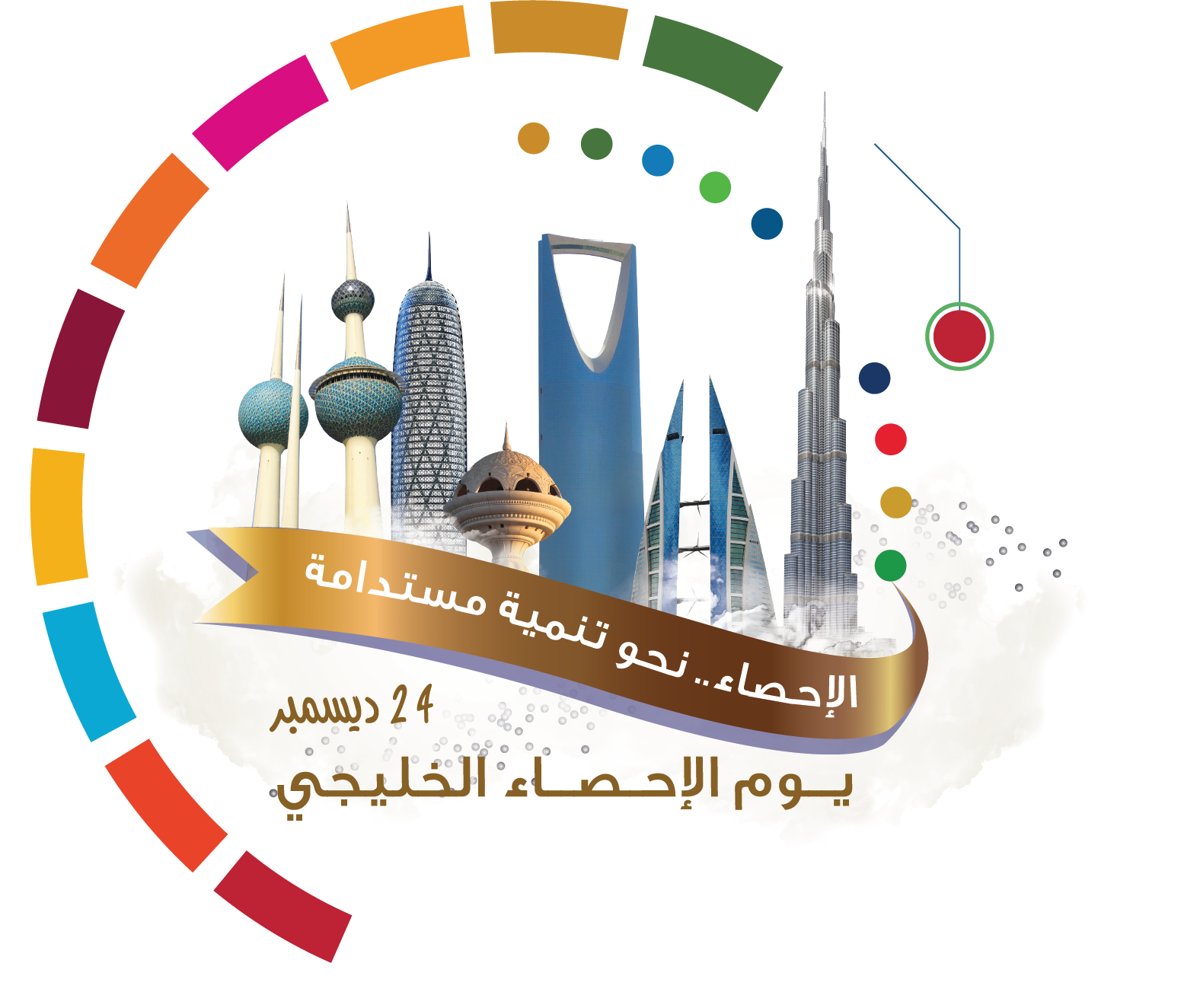
الهيئة العامة للإحصاء تصدر دليل التعريفات والمفاهيم والمصطلحات الإحصائية
Coinciding with the Gulf Statistics Day
GASTAT Releases the Manual of Statistical Definitions, Concepts and Terms
The General Authority for Statistics (GASTAT) will participate in the events of the gulf statistical day which occurs on December 24th of each year. The slogan of this year is “Statistics Towards Sustainable Development”. It emphasizes the role of the statistical centers and authorities of the Gulf Cooperation Council (GCC) countries in the sustainable development industry through providing accurate data of statistical indicators. The aim of the Gulf Statistics day is to highlight the achievements and challenges of the statistical work in the region, raise awareness of the importance and role of statistics in the social and economic development of GCC countries, emphasize the importance of the society cooperation with statisticians, highlight the importance that GCC countries attach to statistical work.
GASTAT official spokesman, Mr. Taiseer Almofarrej, explained that coinciding with this occasion, GASTAT releases the Manual of Statistical Definitions, Concepts and terms used in GASTAT. The manual includes more than 1200 definitions. It is a rich scientific work presenting the key terms and concepts of the statistical products issued by GASTAT to facilitate handling these products.
This guide is based on the standardization of definitions, concepts and statistical terminology used in the GCC countries. GASTAT updated and added some new concepts in order to contribute in enhancing transparency in statistical work, as well as to raise awareness to all producers and users of statistical data, information and indicators.
Mr. Almofarrej added that the manual covers the concepts and terms used in the field of statistics including, terms related to the general population and housing census, agricultural census and its concepts, population and vital statistics, government services statistics, geographic statistics, National concepts accounts statistics concepts, foreign trade, prices statistics, business and industry statistics and other statistical terms and concepts used in GASTAT.
It is worth mentioning that GASTAT is keen to enhance and enrich the statistical arabic content, provide statistical linguistic culture to interested individuals and specialists and disseminate vital statistical information and indicators about Saudi Arabia.
You can view the Manual of Statistical Definitions, Concepts and Terms on this link:
https://www.stats.gov.sa/ar/992
